Refine search
Actions for selected content:
313 results in Books and Monographs

Building the Tatmadaw
- Myanmar Armed Forces Since 1948
-
- Published by:
- ISEAS–Yusof Ishak Institute
- Published online:
- 21 October 2015
- Print publication:
- 22 January 2009
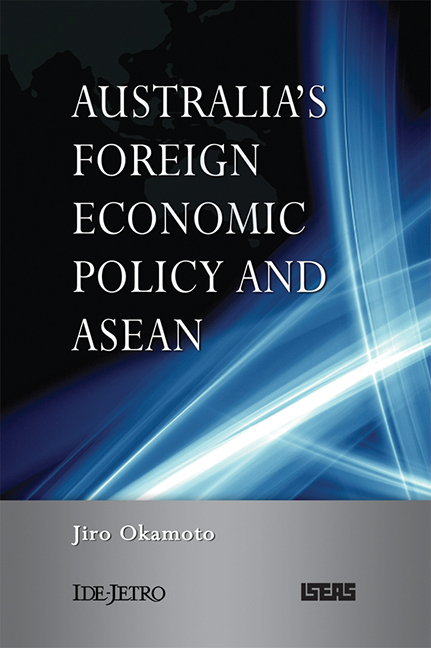
Australia's Foreign Economic Policy and ASEAN
-
- Published by:
- ISEAS–Yusof Ishak Institute
- Published online:
- 21 October 2015
- Print publication:
- 12 February 2010
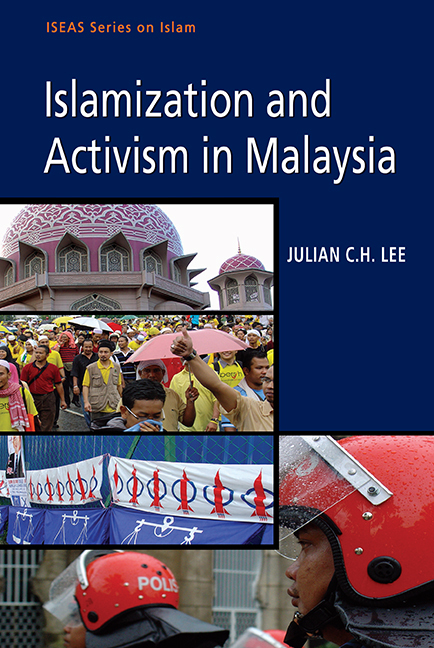
Islamization and Activism in Malaysia
-
- Published by:
- ISEAS–Yusof Ishak Institute
- Published online:
- 21 October 2015
- Print publication:
- 14 May 2010
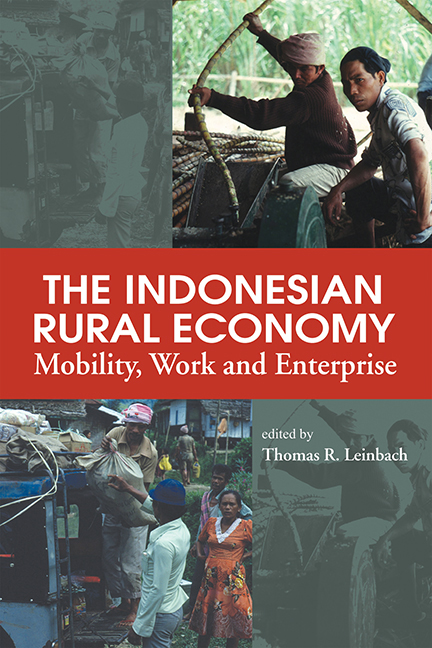
The Indonesian Rural Economy
- Mobility, Work and Enterprise
-
- Published by:
- ISEAS–Yusof Ishak Institute
- Published online:
- 21 October 2015
- Print publication:
- 30 October 2003

Decentring and Diversifying Southeast Asian Studies
- Perspectives from the Region
-
- Published by:
- ISEAS–Yusof Ishak Institute
- Published online:
- 21 October 2015
- Print publication:
- 30 June 2011

Countering MTV Influence in Indonesia and Malaysia
-
- Published by:
- ISEAS–Yusof Ishak Institute
- Published online:
- 21 October 2015
- Print publication:
- 29 May 2012

Bangkok, May 2010
- Perspectives on a Divided Thailand
-
- Published by:
- ISEAS–Yusof Ishak Institute
- Published online:
- 21 October 2015
- Print publication:
- 18 January 2012

By Design or Accident
- Reflections on Asian Security
-
- Published by:
- ISEAS–Yusof Ishak Institute
- Published online:
- 21 October 2015
- Print publication:
- 07 July 2010

Looking East to Look West
- Lee Kuan Yew's Mission India
-
- Published by:
- ISEAS–Yusof Ishak Institute
- Published online:
- 21 October 2015
- Print publication:
- 27 October 2009
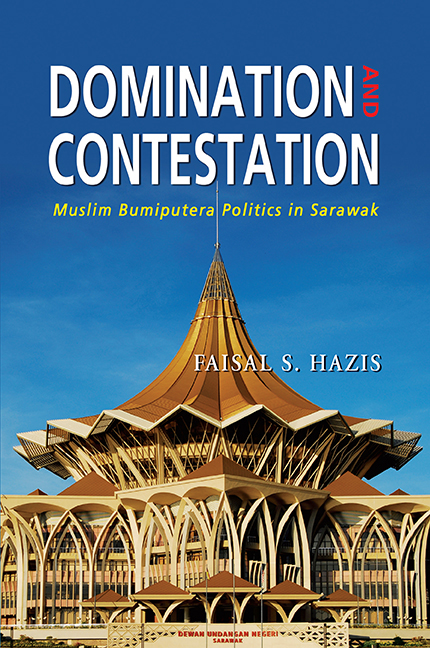
Domination and Contestation
- Muslim Bumiputera Politics in Sarawak
-
- Published by:
- ISEAS–Yusof Ishak Institute
- Published online:
- 21 October 2015
- Print publication:
- 14 October 2011

Divided Over Thaksin
- Thailand's Coup and Problematic Transition
-
- Published by:
- ISEAS–Yusof Ishak Institute
- Published online:
- 21 October 2015
- Print publication:
- 17 August 2009

Problems of Democratisation in Indonesia
- Elections, Institutions and Society
-
- Published by:
- ISEAS–Yusof Ishak Institute
- Published online:
- 21 October 2015
- Print publication:
- 06 April 2010
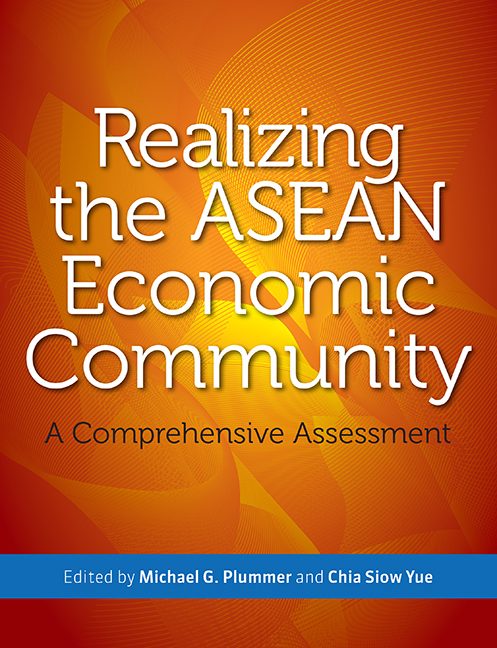
Realizing the ASEAN Economic Community
- A Comprehensive Assessment
-
- Published by:
- ISEAS–Yusof Ishak Institute
- Published online:
- 21 October 2015
- Print publication:
- 11 November 2009

Southeast Asia and New Zealand
- A History of Regional and Bilateral Relations
-
- Published by:
- ISEAS–Yusof Ishak Institute
- Published online:
- 21 October 2015
- Print publication:
- 13 June 2005
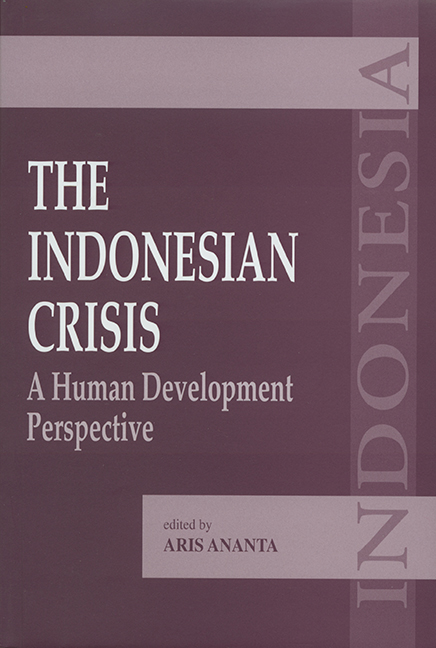
The Indonesian Crisis
- A Human Development Perspective
-
- Published by:
- ISEAS–Yusof Ishak Institute
- Published online:
- 21 October 2015
- Print publication:
- 05 December 2002

Getting a Dial Tone
- Telecommunications Liberalisation in Malaysia and the Philippines
-
- Published by:
- ISEAS–Yusof Ishak Institute
- Published online:
- 21 October 2015
- Print publication:
- 12 October 2007

Post-war Laos
- The Politics of Culture, History and Identity
-
- Published by:
- ISEAS–Yusof Ishak Institute
- Published online:
- 21 October 2015
- Print publication:
- 17 February 2006
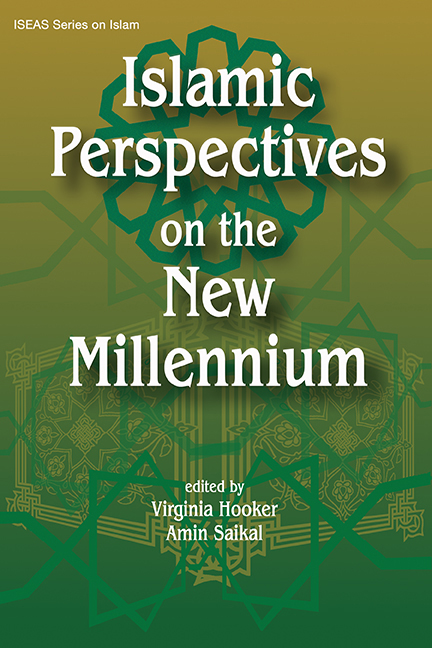
Islamic Perspectives on the New Millennium
-
- Published by:
- ISEAS–Yusof Ishak Institute
- Published online:
- 21 October 2015
- Print publication:
- 20 October 2004
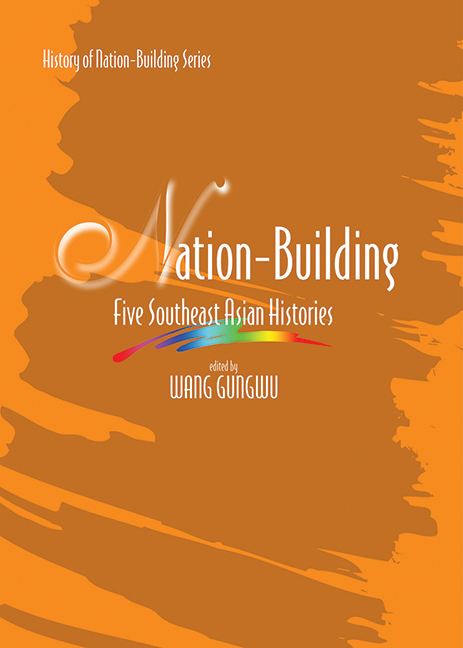
Nation Building
- Five Southeast Asian Histories
-
- Published by:
- ISEAS–Yusof Ishak Institute
- Published online:
- 21 October 2015
- Print publication:
- 08 August 2005
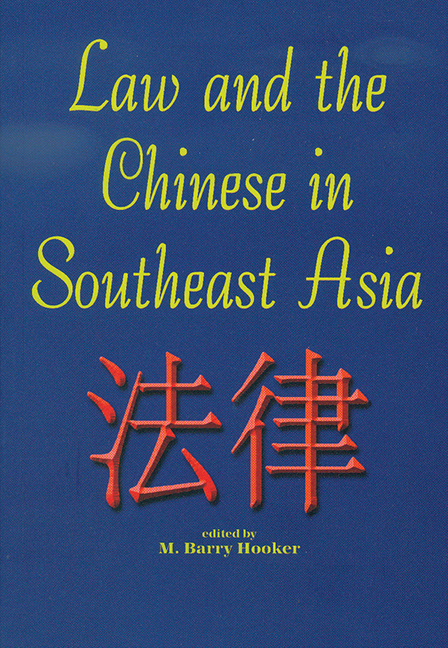
Law and the Chinese in Southeast Asia
-
- Published by:
- ISEAS–Yusof Ishak Institute
- Published online:
- 21 October 2015
- Print publication:
- 22 July 2002
